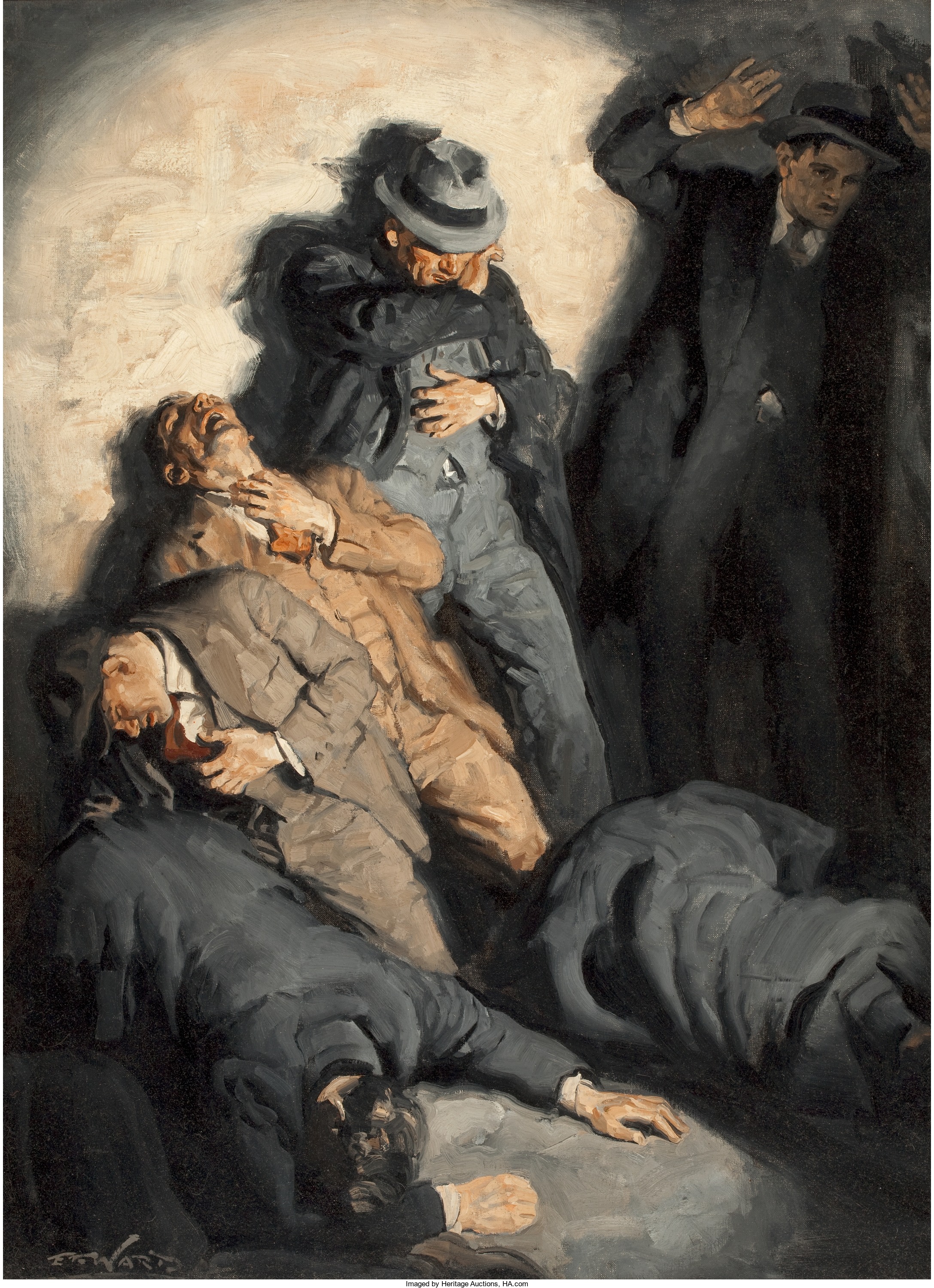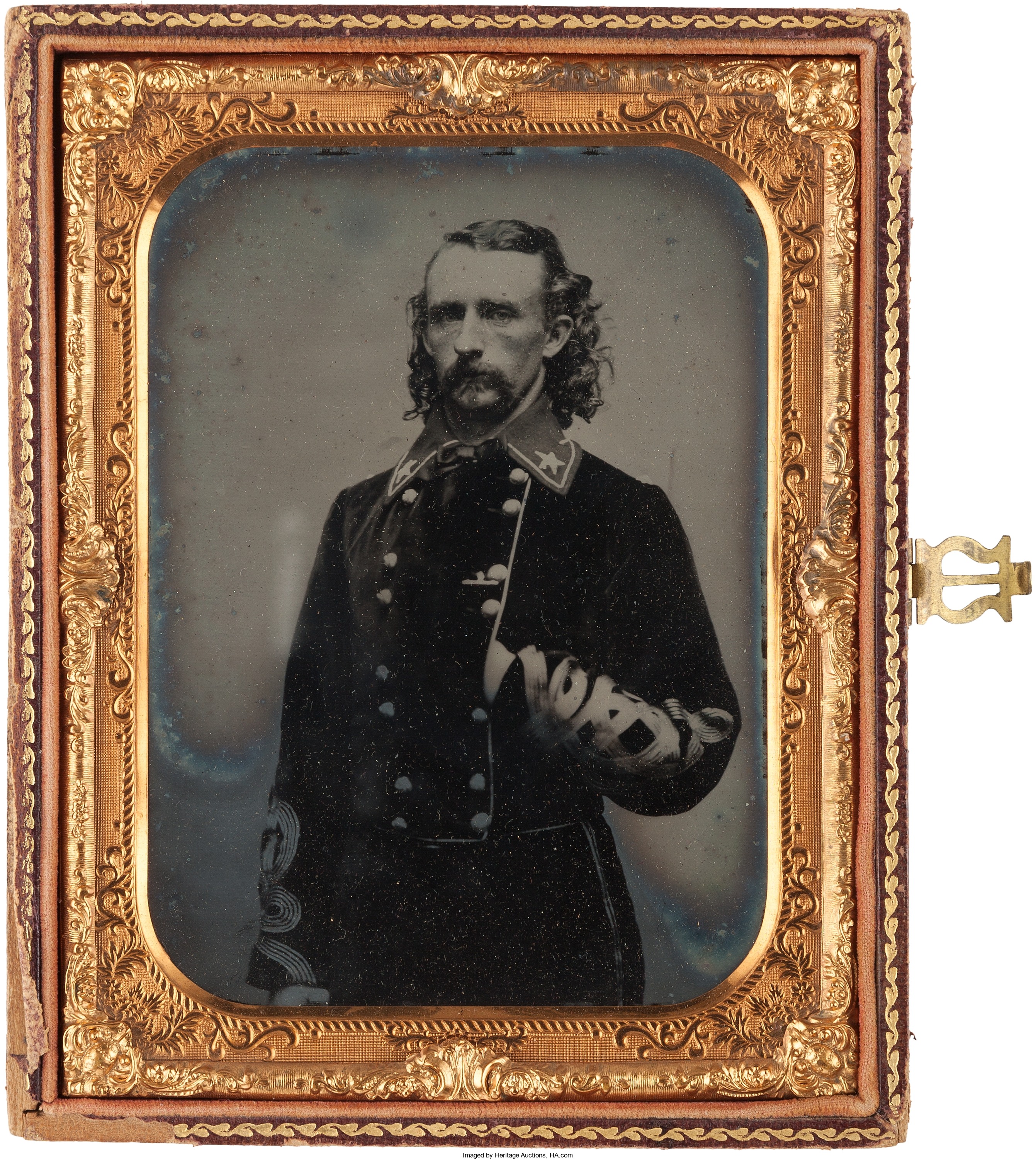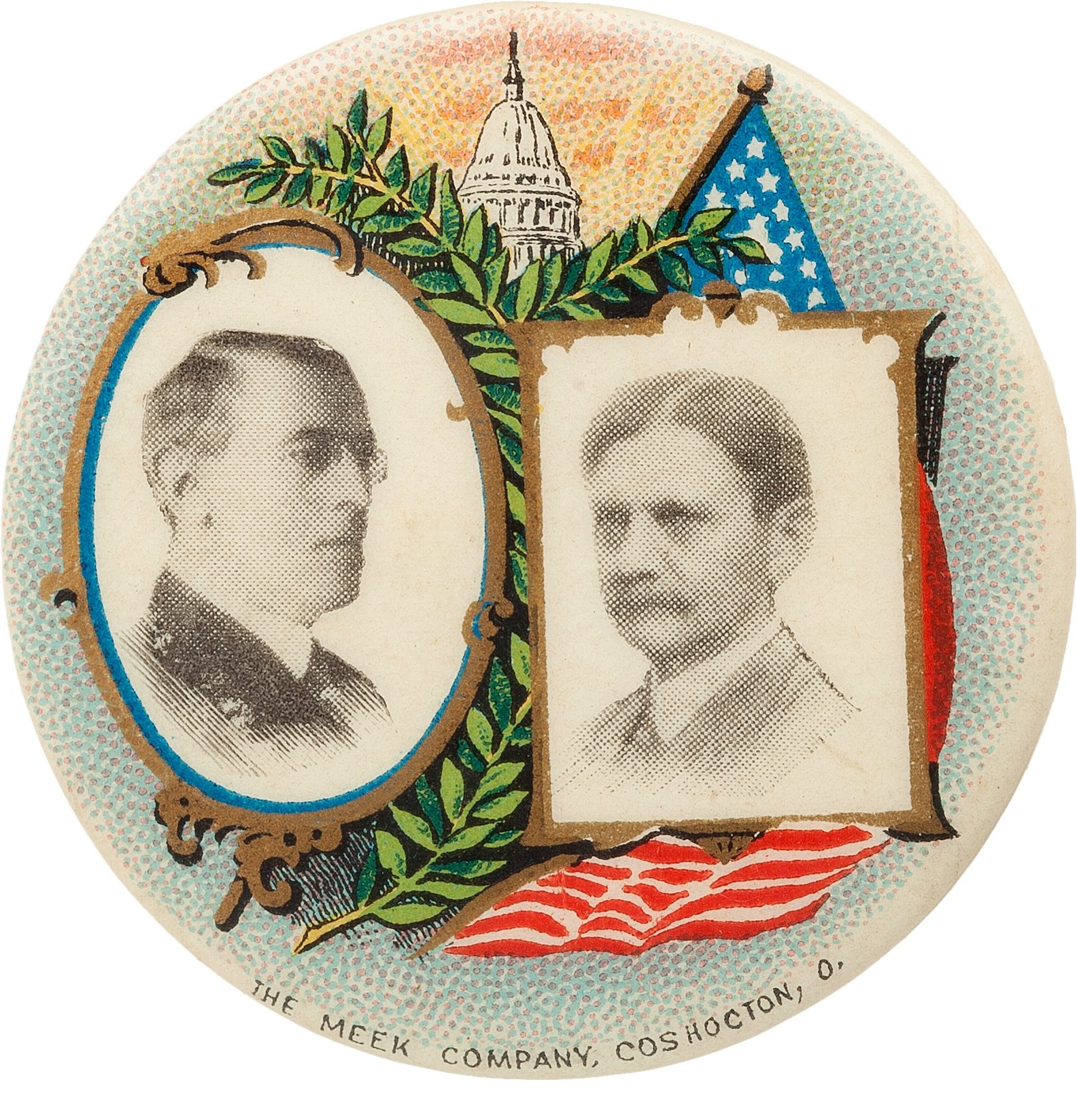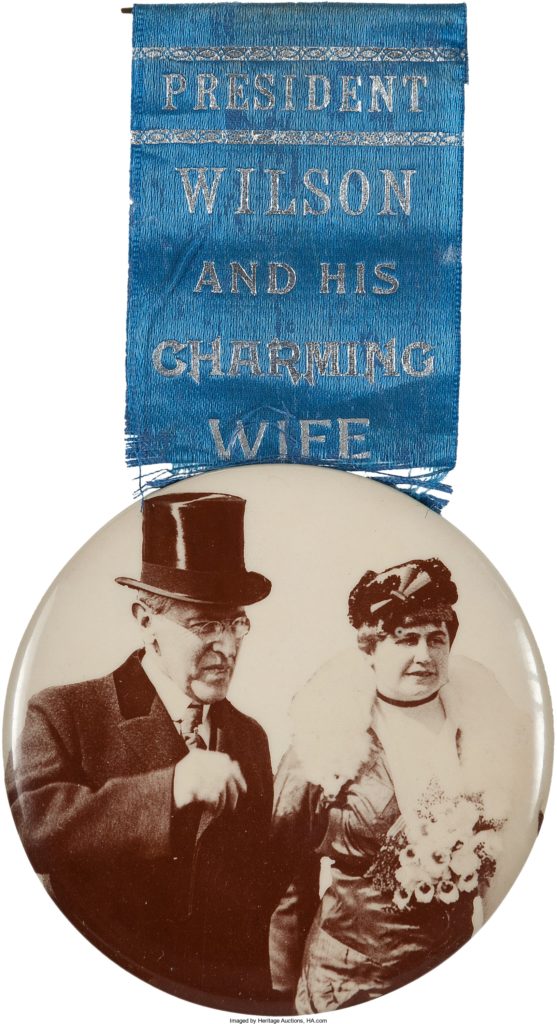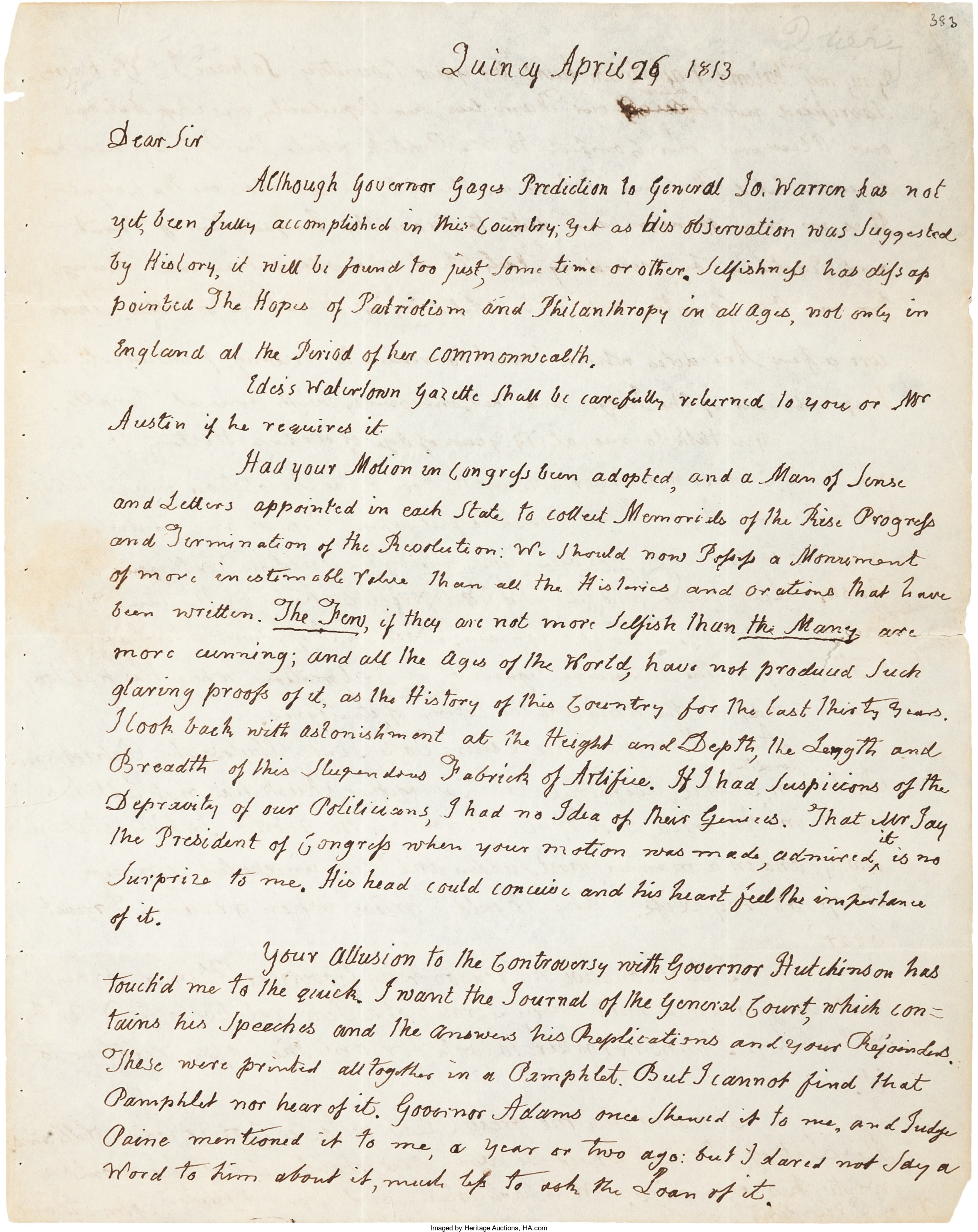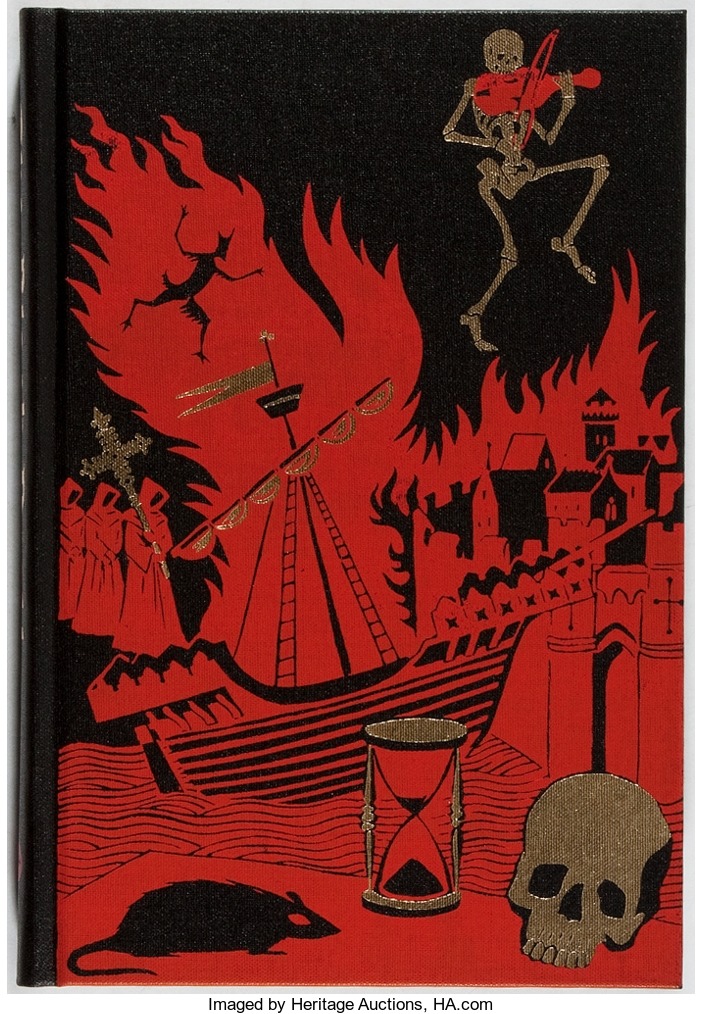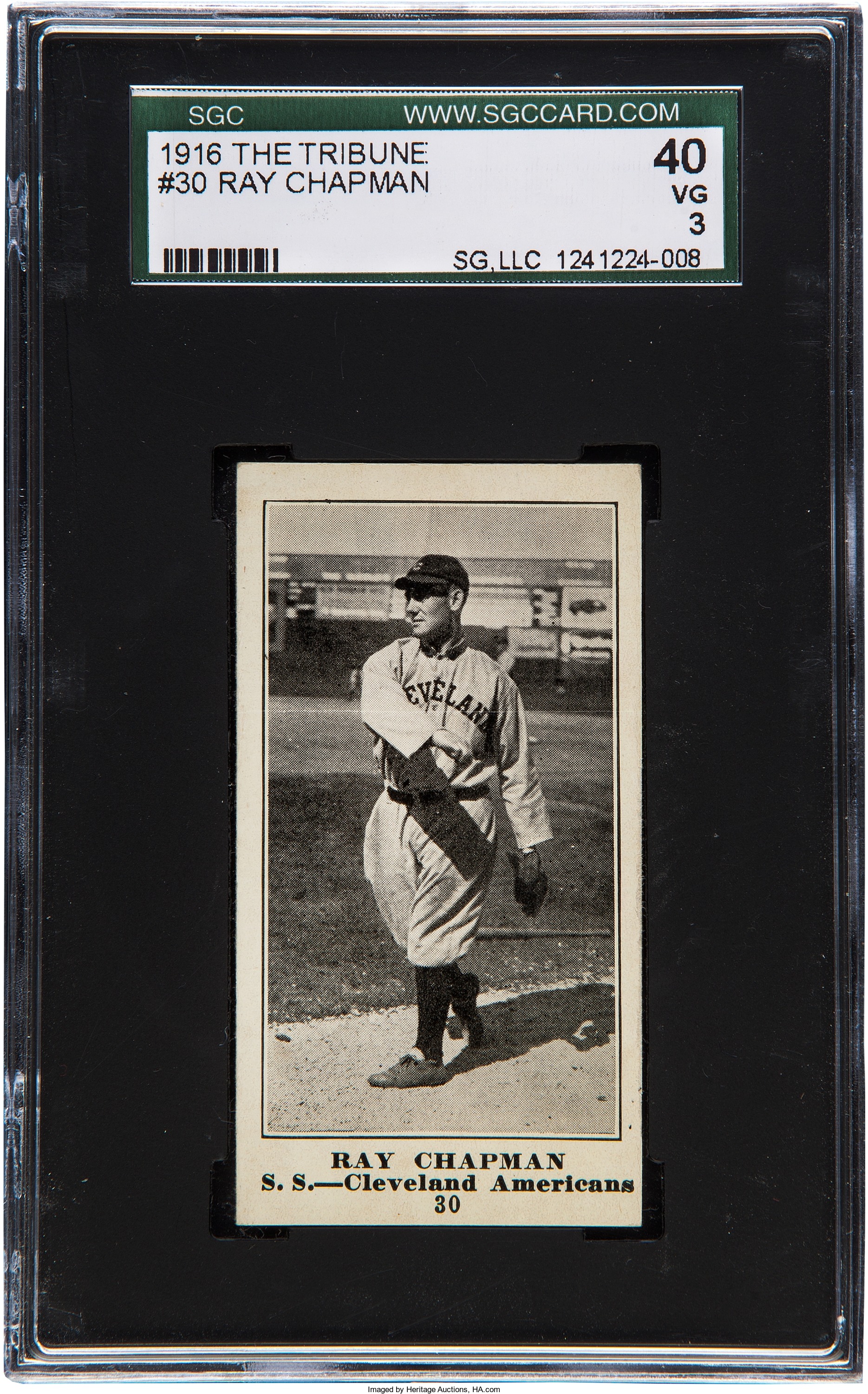
By Jim O’Neal
“Not a cough in a carload!”
In 1927, Lorillard Tobacco Company advertised their Old Gold brand of cigarettes with this catchy phrase. Testifying under oath before Congress in 1994, Lorillard CEO Andrew Tisch was one of “The 7 Dwarfs” (Big Tobacco CEOs) who claimed they “didn’t believe that nicotine is addictive nor that cigarette smoking causes cancer.”
No one was ever indicted for perjury or having a low IQ.
In 1950, Camel advertised “Every doctor in private practice was asked. More doctors smoke Camels than any other cigarette!” Camel ads went on to claim “Smoke as many as you want … They never get on your nerves.”
In 1953, Liggett & Myers went one step further: “Just what the doctor ordered!”
William Thalman (who played District Attorney Hamilton Burger on TV’s Perry Mason) died of lung cancer in August 1968, but made an anti-smoking TV spot that started, “Before I die, I want to do what I can to leave a world free of cancer for my six children…” It made quite a stir when it aired posthumously. Others finally joined in despite advertising concerns.
In 1992, “The Marlboro Man” Wayne McLaren, who was dying of lung cancer, appeared at the Philip Morris annual shareholders meeting and asked the company to voluntarily limit their advertising. Chairman Mike Miles brushed him off … quickly.
McLaren died three months later at age 51.
Miles was the first non-smoker to run Philip Morris and is credited with “Marlboro Friday” in 1993, when he reduced the selling price of cigarettes 20 percent in a vain attempt to regain share from generics. The board replaced him early the next year.
However, the renamed Altria Group Inc. is now a $120 billion corporation with strong international sales and pays a dividend of 3.7 percent. They continue selling the most efficient delivery system for nicotine to hundreds of millions of throats and lungs. One of their studies in Eastern Europe asserts it is cheaper to let people die early from lung cancer than provide long-term health care.
In the 17th century, a Russian czar banned smoking and then had three-time violators beheaded. That made it hard to inhale, but people today still continue finding ways to “sneak a smoke.”
P.S. The 1999 film The Insider starring Russell Crowe and Al Pacino is well worth another viewing. It is an entertaining look at the tobacco industry and was nominated for seven Oscars.
 Intelligent Collector blogger JIM O’NEAL is an avid collector and history buff. He is President and CEO of Frito-Lay International [retired] and earlier served as Chairman and CEO of PepsiCo Restaurants International [KFC Pizza Hut and Taco Bell].
Intelligent Collector blogger JIM O’NEAL is an avid collector and history buff. He is President and CEO of Frito-Lay International [retired] and earlier served as Chairman and CEO of PepsiCo Restaurants International [KFC Pizza Hut and Taco Bell].


